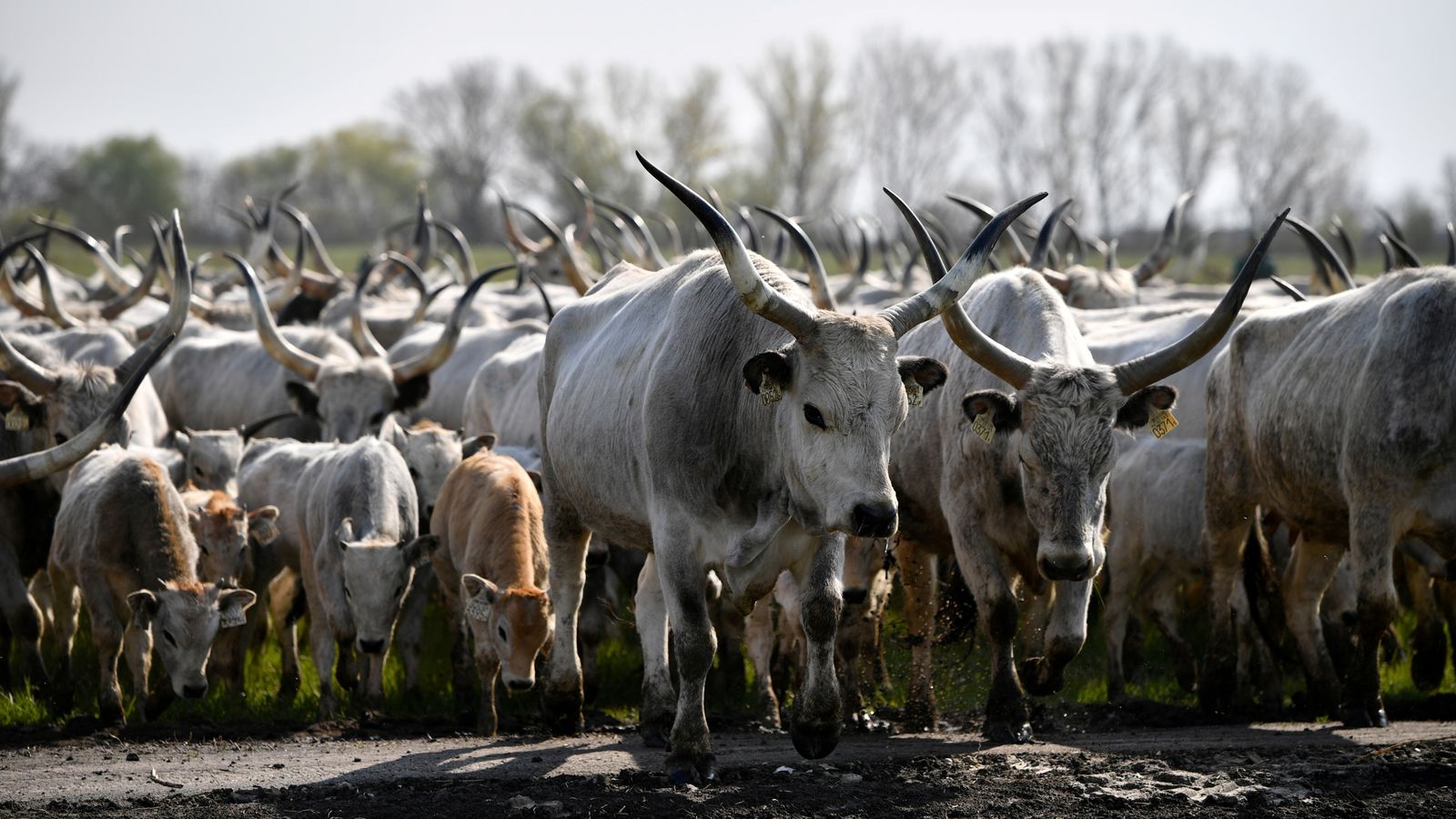Cliff Notes
- A Hungarian official has suggested the country’s first foot-and-mouth disease cases in over 50 years may have originated from a "biological attack".
- Thousands of cattle have been slaughtered following an outbreak in the northwest, leading Austria and Slovakia to close multiple border crossings.
- The suspicion of a biological attack stemmed from unverified information from a foreign laboratory, with no new outbreaks reported since.
Hungary suggests foot-and-mouth outbreak could be ‘biological attack’ | World News
.
A Hungarian official has suggested the country’s first cases of foot-and-mouth disease in more than 50 years could have come from a “biological attack”.
The World Organisation for Animal Health, citing Hungarian authorities, said the country reported an outbreak of the disease on a cattle farm in the northwest last month.
Thousands of cattle have been slaughtered to stop the spread of foot-and-mouth, while neighbouring Austria and Slovakia have closed multiple border crossings.
Gergely Gulyas, Hungarian Prime Minister Viktor Orban’s chief of staff, told reporters on Thursday that officials have not ruled out what caused the outbreak – including an attack.
“At this stage, we can say that it cannot be ruled out that the virus was not of natural origin, we may be dealing with an artificially engineered virus,” he added.
The official then said suspicion of a biological attack was based on verbal information received from a foreign laboratory — which has not yet been fully proven – and that no further outbreak has been detected.
Foot-and-mouth disease poses no danger to humans but causes fever and mouth blisters in cloven-hoofed ruminants such as cattle, swine, sheep and goats, and outbreaks often lead to trade restrictions.
Reports of foot-and-mouth first emerged in mid-March, with more than 3,500 cattle slaughtered in Hungary’s northern county of Gyor-Moson-Sopron.
After the outbreak in Hungary, cases were then reported across five farms in southern Slovakia, prompting the country to declare an emergency.
On 2 April, Hungary deployed soldiers and launched new disinfection measures in the northwest close to border regions to contain the outbreak.
Austria then closed 21 crossings into Hungary and two into Slovakia a day later.





